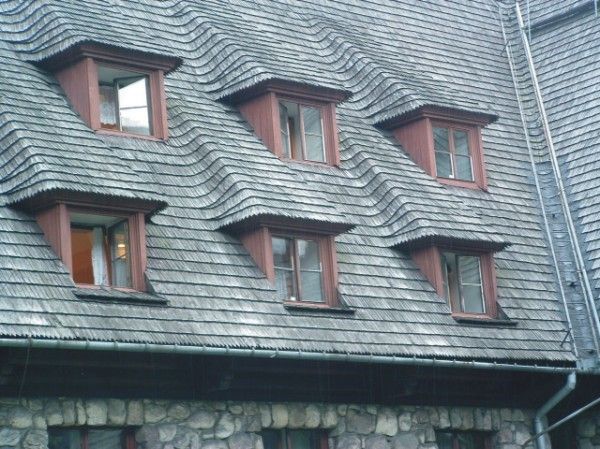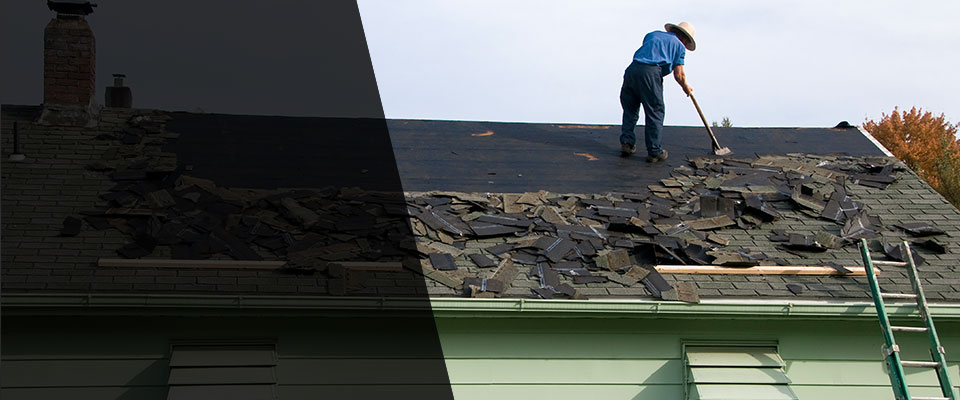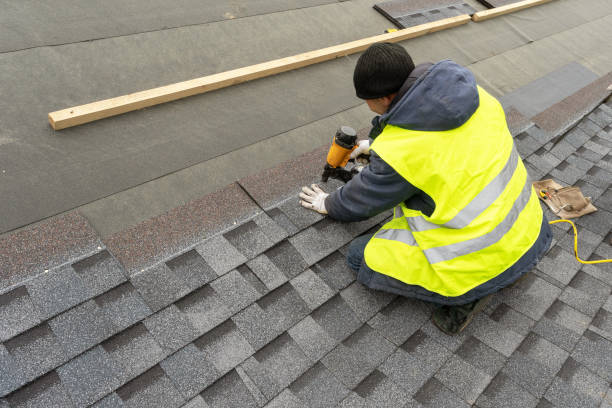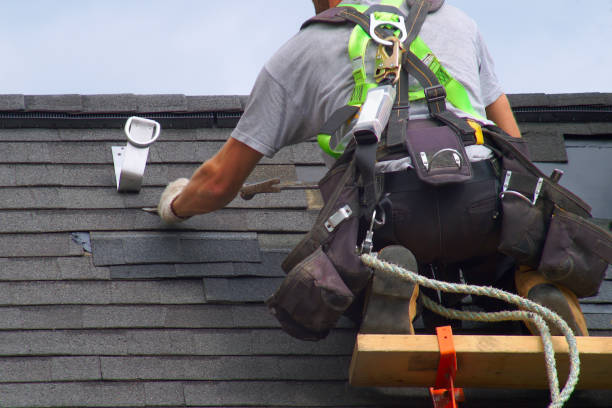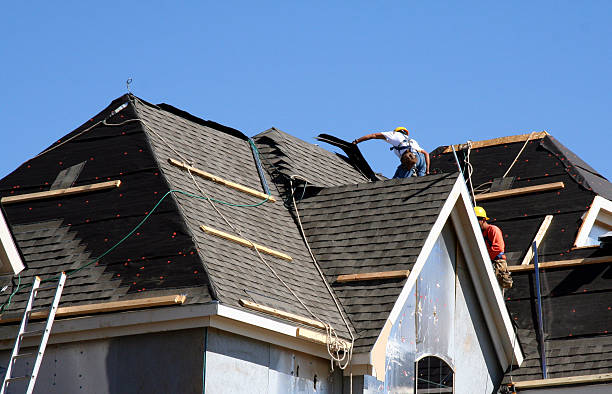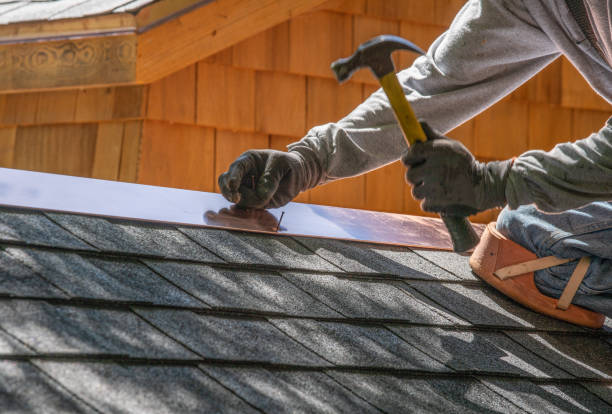think you remain in the midst of a roofing emergency? If this is the case, you may depend on our roofing experts. We‘ve been honored to assist many customers who have actually experienced roofing emergency situations, which can range from roof leaks to missing out on shingles to ripped or corroded flashing. Our expert roofing contractors can even manage roofings that have actually caved in due to fallen tree limbs. Please call us at 888-347-0551 right now to organize an visit for your emergency roof repair.
Investing in a new roof system is one of the finest approaches to increase the value of your home. A fresh new roof system increases the value and curb appeal of your residential or commercial property.
Our Roofing Specialists team has actually seen a lot of storm-damaged roofings over the years and is well-versed in the signs and signs. If you need documents and experienced support with your roof insurance coverage claims, call us right away at 888-347-0551. We likewise supply commercial roof repairs and replacements, offering our commercial home owners access to our knowledge.
Do Not Let Your Roof Fixes Go Sky High!
Before you go to the expenditure of employing a roofer, see if you can evaluate and repair your roof problem yourself. The best possible time to fix your roof issue - is as soon as you recognize that you have one and if the weather condition is calm enough to climb up onto the roof. This might be further qualified by saying that the best and most cost-effective method to a trouble-free roofing, is to examine the roof frequently, so that you see the issue developing.
A leak from one dislodged tile is little and low-cost matter, however if you do not inspect your roofing system frequently, this will go undetected. By the time that you DO discover it, it might be because water is leaking into your spare room! This suggests that this whole location of the roof structure is soaked, the ceiling will require to be changed and ideally the flooring will recuperate.
Always check your roofing system after a wind storm, as many roofing is not designed to hold up against fierce winds. Lifting is a common cause of roofing system leaks, and can be quickly corrected.
Climb up into your attic/loft and ensure that any insulation that you have in your roofing system is wrong up against the roofing system itself. There has to be a space for air to flow; also when a roof heats up and there is insulation directly behind it, this heat is thrown back into the roof and excessive heating like this can harm and warp the roof.
Another weak point in all roofings is the flashing. Flashing is designed to offer a leak-proof junction between roof materials and structure, especially if the roofing projects out or modifications style (similar to extension roofing systems). If you are installing a new roof, it is beneficial to get the flashing 'checked' as it is a typical failure location.
Water caught in the rain gutter will mean that it will back up the roofing system for a few inches and have time to leak into the edges of the roof tiles. Not all homes have appropriate perimeter protection on their roofs, although this is one excellent function to ask for on a brand-new roofing system.
Frequently houses incur roof leakages all at the exact same time (frequently after strong windstorms winds and torrential rain and so on). This can imply that all specialists are hectic and you have 'block the leak' up until you can get help.
If you do get a leakage, and you have actually positioned pails under the leaking water, understand that the leak might be in a completely different location than it would appear. Finding the source is difficult, as water can run along horizontal lumbers and appear to be dripping from a place that is sound. Getting up into the attic and really searching for a wet spot on the roof decking will be an accurate method to inform.
If you can discover the spot an emergency patch can be made using roof felt and using plastic cement to hold it up until you can call in a professional. You can carefully reward up the roof shingle by getting rid of the three or 4 nails that are holding it in location; next, use a generous finish of tar underneath the tear in concern, and likewise coat the underside of the shingle with a with a coat of tar prior to putting it back in location.
Roofings can also be momentarily repaired utilizing roof membrane and sealants. Care must be taken to clean the roofing system surface area first to make sure that the sealant will leak protected from rain etc.
Prior to you go to the cost of calling in a roofing contractor, see if you can evaluate and fix your roof issue yourself. The best possible time to repair your roofing system problem - is as quickly as you recognize that you have one and if the weather condition is calm enough to climb up onto the roofing. Flashing is created to offer a water tight junction in between roofing materials and structure, specifically if the roof jobs out or modifications design (as with extension roofs). Not all homes have adequate border protection on their roofing systems, although this is one good function to ask for on a brand-new roofing system.
Roofing systems can likewise be momentarily fixed utilizing roofing system membrane and sealants.
Emergency Roof Repair near Lincoln Park, New Jersey 07035
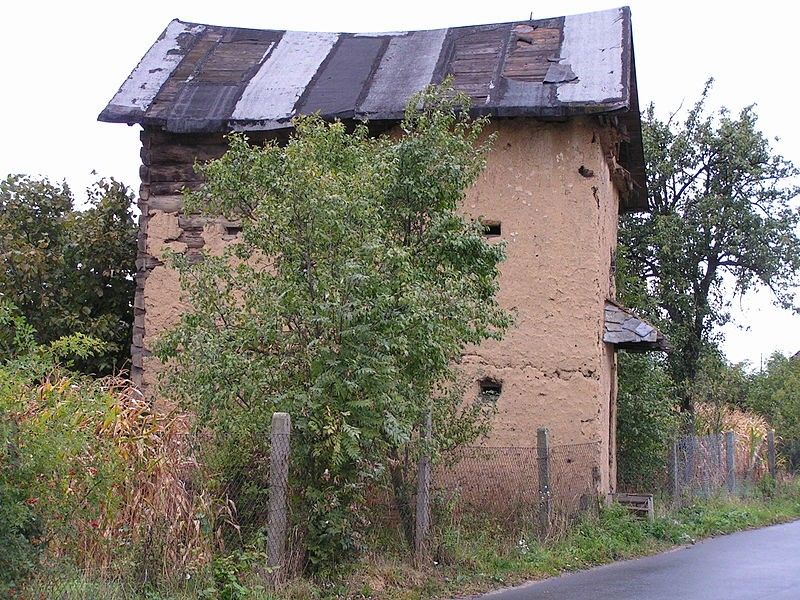
Call 888-347-0551 Now!
Our expert Emergency Roof Repair Contractors in Morris County provide Expert Roofing Services. If you have any questions or concerns about our service area, please give us a call today. We are competitively priced in this town for Emergency Roof Repairs because we are confident that you will be thrilled with how your roofing project will turn out. Again, call today to schedule a consultation for your roofing job.
Various Products Utilized For Roofing And Identifying The Cost Of Every One
tough and durable yet stylish. Many a structure is defined by their roofing systems. They might be made by a wide range of products and their designs may differ. Considering that time immemorial, man has actually discovered different ways with various products to develop their roofs, each with different attributes and benefits and disadvantages. As more materials are found with each of their own high and low points, they can be really beneficial in different types of area depending upon the weather condition and area.
drawbacks and advantages plus the average expenses, as costs may vary in different states, in making use of different materials for roof. The cost of roof referred herein this article undergoes the breakdown of the roof material per one hundred square feet. Keep in mind, roof expenses might add up with the labor and other materials required for setup, this refers just to the roofing materials used.
Building your dream house relies on a variety of aspects; there is the location, the design, the limitations of the location, the spending plan and a wide variety of others. It is the exact same thing with the roof; you need to think about a variety of products to get the best roofing to fit your taste. Basically it is the total style and materials utilized in the structure along with the location and the regional restrictions. Here are some of the more basic roof materials utilized and the roof costs to consider per one hundred square feet.
The most frequently utilized roof material made use of nowadays is the asphalt shingles. Asphalt shingles can be tailored by offering extra layers offering them a different shadow line. Asphalt shingles may vary from 30 to 35 dollars for every hundred square feet.
third and second are better for sidings. They are generally offered tapered and in different sizes. Wood shingles roof cost ranges from 80 to 170 dollars.
roofing product that makes use of wood from cedar is the wood shakes roofing product. They are utilized to supply a natural look, they are either sawed or hand split. Its unique appearance has a side with an irregular distinct appearance from the others while the opposite has a natural thinner line for a tapered look. Wood shakes are classified by their weight and their sizes. Roof costs for wood shake are from 70 to a hundred dollars for each one hundred square feet.
But due to the fact that of their weight, clay or concrete roofing products may need extra weight in the rafters including more to the roofing expenses which may run with the roof materials in between 150 to 400 dollars per a hundred square feet area.
The expense of roof referred herein this post is subjected to the breakdown of the roof product per one hundred square feet. Remember, roofing expenses might add up with the labor and other materials required for setup, this refers just to the roofing products used.
Here are some of the more standard roof materials utilized and the roof costs to think about per one hundred square feet.
Another roof product that makes use of wood from cedar is the wood shakes roof material. Because of their weight, clay or concrete roof materials might need extra weight in the rafters adding more to the roofing costs which might run with the roofing materials between 150 to 400 dollars per a hundred square feet area.
Tri State Roofers of Lincoln Park, NJ 07035
Tel:888-347-0551
Emergency Roof Repair Rating: 4.6 stars out of 88 Reviews
Main address: PO Box 473038 Lincoln Park, NJ 07035
United States
Find an Emergency Roof Repair specialist for buildings of all types from homes of all sizes to condo complexes, apartment buildings and offices in Lincoln Park, NJ 07035
